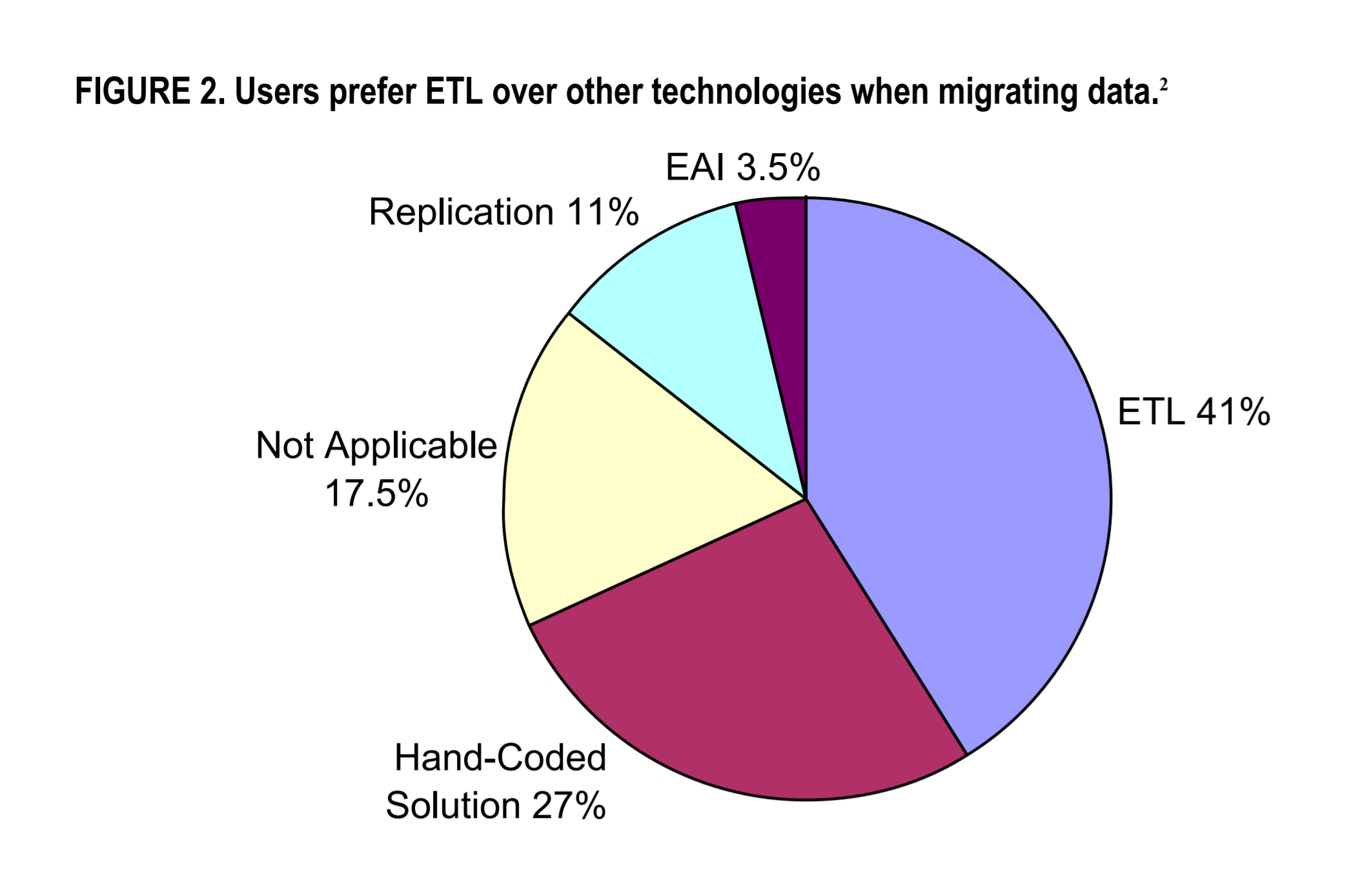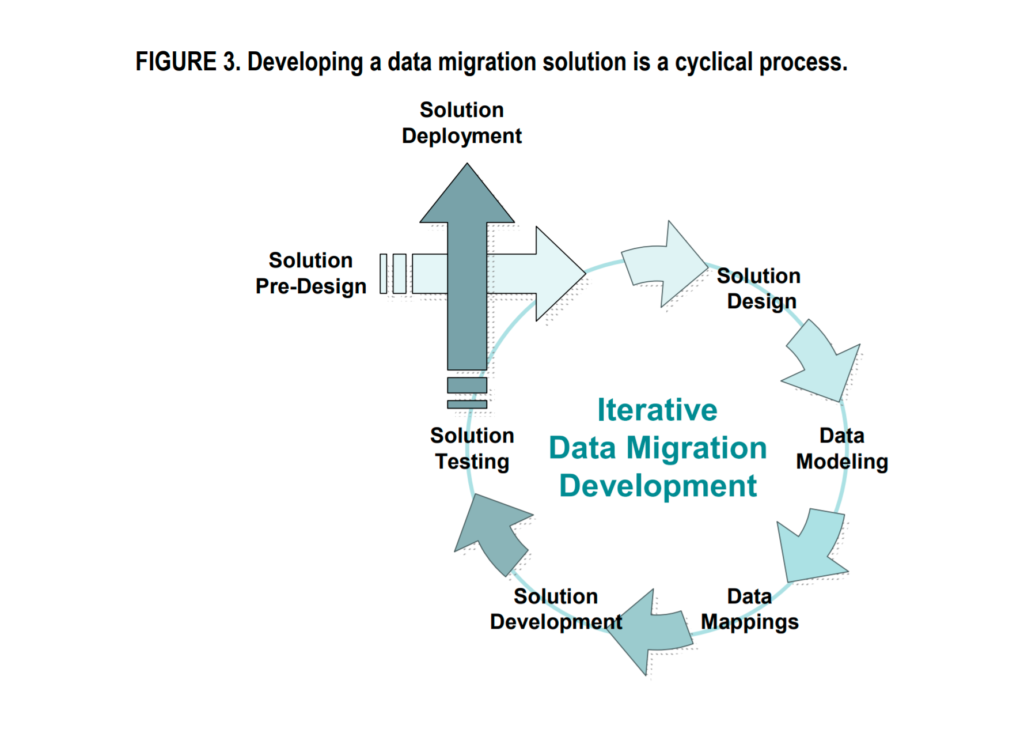What Should a Data Migration Plan Comprise?

The role of planning
Data migration has never been an easy process, and though there are a variety of tools available today, the process remains complex, and the rate of errors is high. According to a Bloor Research survey (2007), “more than 60% of data migration projects have overruns on time and/or budget.” Data integration may fail due to hardware or system issues, but those are the so-called unforeseen situations. The most common reason for migration project failure is a lack of proper planning.
While rushing into migration without careful planning of time and resources needed, data migration projects experience schedule delays and require additional expenses, so budgets get overrun. That’s because multiple issues occur during the process of data migration, including copy process failures, issues with data formats match in the source and the target, server crashes due to excessive amounts of data migrated at once, etc. Coping with these issues requires time and money, so the data migration process may stick.
Proper planning should include a set of premigration procedures and well-elaborated strategy to help one address data migration complexities, hit deadlines, and avoid unpredicted additional costs.
 The process of developing a data migration solution (image credit: TDWI)
The process of developing a data migration solution (image credit: TDWI)
The strategy and preparation
A good data migration project starts with preparing the necessary premigration procedures and then gets to planning the process itself.
Why the premigration stage? The data can’t be migrated from a legacy system to a new one just as is, because the old problems will be migrated to the new system, as well, thus making data migration useless. To take the most of the new system, a company should ensure the data migrated there can bring value to the business and can be utilized by the decision-makers. Thus, before being migrated:
- The business value of the data should be analyzed to define what data to be migrated
- Data cleansing (eliminating duplicated records, etc.) should be performed to ensure the quality of information.
- If needed, data transformation should also be performed, to ensure that data formats qualify the new system’s requirements.
Early implementation
A well-elaborated process is the key to data migration project’s success. So, for the migration process:
- A data migration project requires creating and implementing migration policies to define the order of the process and a responsible person for each stage of the migration. When the order of the process is set, it’s easier to prevent the troubles, such as server or system crash due to the excessive amount of data migrated at once, etc.
- Testing is an important stage. One should test each portion of the migrated data to ensure that it’s accurate and in the right format. Without proper testing, the whole data migration project may fail. It’s not a good decision to migrate tons of data only to find out that it’s not in the expected format, or the new system can’t read it, and thus the migrated records are useless.
- In order to ensure future success of data migration project, the process of migration—each stage—should be carefully documented.
So, to conclude: ensure you know what to migrate, provide the quality, systematize the process, test, again test, and document it. This may seem rather time-consuming, however, in reality, when all the procedures and stages are planned, you get a more clear picture about time and budget data migration process will require.
However, blindly following the plan would not be the right way of doing data migration. The plan should be revised and adapted to the issues discovered at each stage of the migration process.
For more best practices on data migration strategy, see the checklist planner from DataMigrationPro, this report from TDWI, a survey by Bloor Research, and our article on the topic.
Further reading
- The Three Most Common Problems Faced During Data Migration
- What’s the Difference Between Data Conversion and Data Migration?
- Solving Data Integration Issues when Moving to the Cloud








